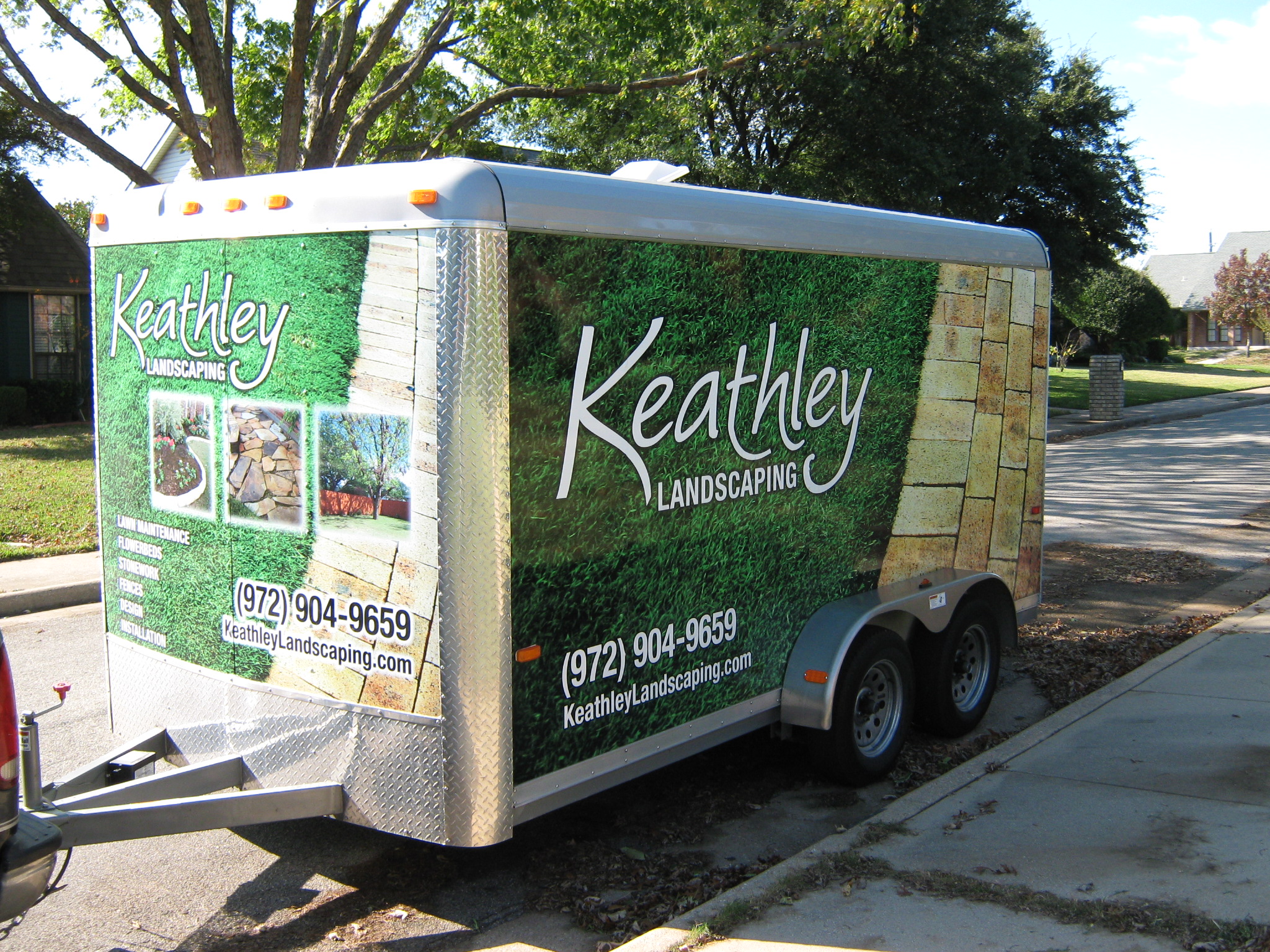How to Design a Yard Drainage System for Maximum Efficiency
Welcome to our ultimate guide on designing a yard drainage system that works like a charm! 🌧️ Whether you’re dealing with puddles that won’t go away or a swampy lawn, having an efficient drainage system can make all the difference. In this blog post, we’ll walk you through the steps to design a yard drainage system that keeps your outdoor space dry and beautiful.
Table of Contents
1. Understanding Yard Drainage Basics
2. Assessing Your Yard’s Drainage Needs
3. Designing Your Drainage System
4. Choosing the Right Materials
5. DIY Installation Tips
6. Conclusion
7. FAQs
Understanding Yard Drainage Basics 🏡
Before diving into the design process, it’s crucial to understand why yard drainage is important. Poor drainage can lead to water pooling, damage to your home’s foundation, and a breeding ground for mosquitoes. Yikes! 😬 Essentially, a good drainage system will redirect water away from problem areas, keeping your yard healthy and your home safe.
Assessing Your Yard’s Drainage Needs 🔍
Every yard is unique, so the first step is assessing your specific needs:
1. Identify Trouble Spots: Walk around your yard after a heavy rain. Where does water accumulate? Make a note of these areas.
2. Check Soil Type: Different soils absorb water differently. Sandy soil drains faster than clay soil, which might need more help.
3. Observe the Slope: Water naturally flows downhill. Understanding your yard’s slope will help you design an effective drainage route.
Designing Your Drainage System 📐
Now that you know your yard’s problem areas, it’s time to design a system that works:
French Drains
These are trenches filled with gravel and a perforated pipe that redirects water away from problem areas. French drains are great for yards with poor natural drainage.
Dry Wells
Dry wells collect excess water underground, allowing it to slowly seep into the surrounding soil. They’re perfect for areas that need quick drainage without affecting nearby structures.
Grading
Sometimes, all it takes is a little regrading to direct water flow. Adjusting the slope can significantly improve drainage efficiency.
Choosing the Right Materials 🛠️
Once you’ve designed your system, selecting the right materials is crucial:
Gravel: Opt for washed gravel for better water flow.
Pipes: Use perforated pipes for French drains to allow water to seep into the soil.
Landscape Fabric: This prevents soil and roots from clogging the drainage pipes.
DIY Installation Tips 🛠️
Feeling handy? Here are some tips for installing your drainage system:
1. Plan Your Layout: Map out the drainage route before digging.
2. Dig Smart: Make sure trenches are deep enough for effective drainage but not too deep to require excessive excavation.
3. Test It Out: Before covering everything up, test the system with a hose to ensure water flows as intended.
Conclusion 🌟
Designing a yard drainage system doesn’t have to be overwhelming. By understanding your yard’s unique needs and selecting the right materials, you can create a system that efficiently manages water flow. Not only will this keep your yard in tip-top shape, but it will also protect your home’s foundation and enhance its overall appeal. Happy landscaping!
FAQs 🤔
Q1: How do I know if I need a yard drainage system?
If you notice persistent water pooling in your yard or near your home’s foundation after rain, it’s a sign you need a drainage system.
Q2: Can I install a drainage system myself?
Yes, many homeowners successfully install their own systems. However, if you’re unsure, consulting a professional can ensure the job is done correctly.
Q3: What’s the difference between a French drain and a dry well?
A French drain redirects water using a perforated pipe, while a dry well collects water underground, allowing it to seep into the soil gradually.
Q4: How often should I maintain my drainage system?
Regularly inspect your system, especially after heavy rains, to ensure it’s free of debris and functioning properly.
Q5: Will a drainage system increase my property value?
Yes! A well-designed drainage system can enhance your property’s appeal and protect it from water damage, potentially increasing its value.





































Recent Comments